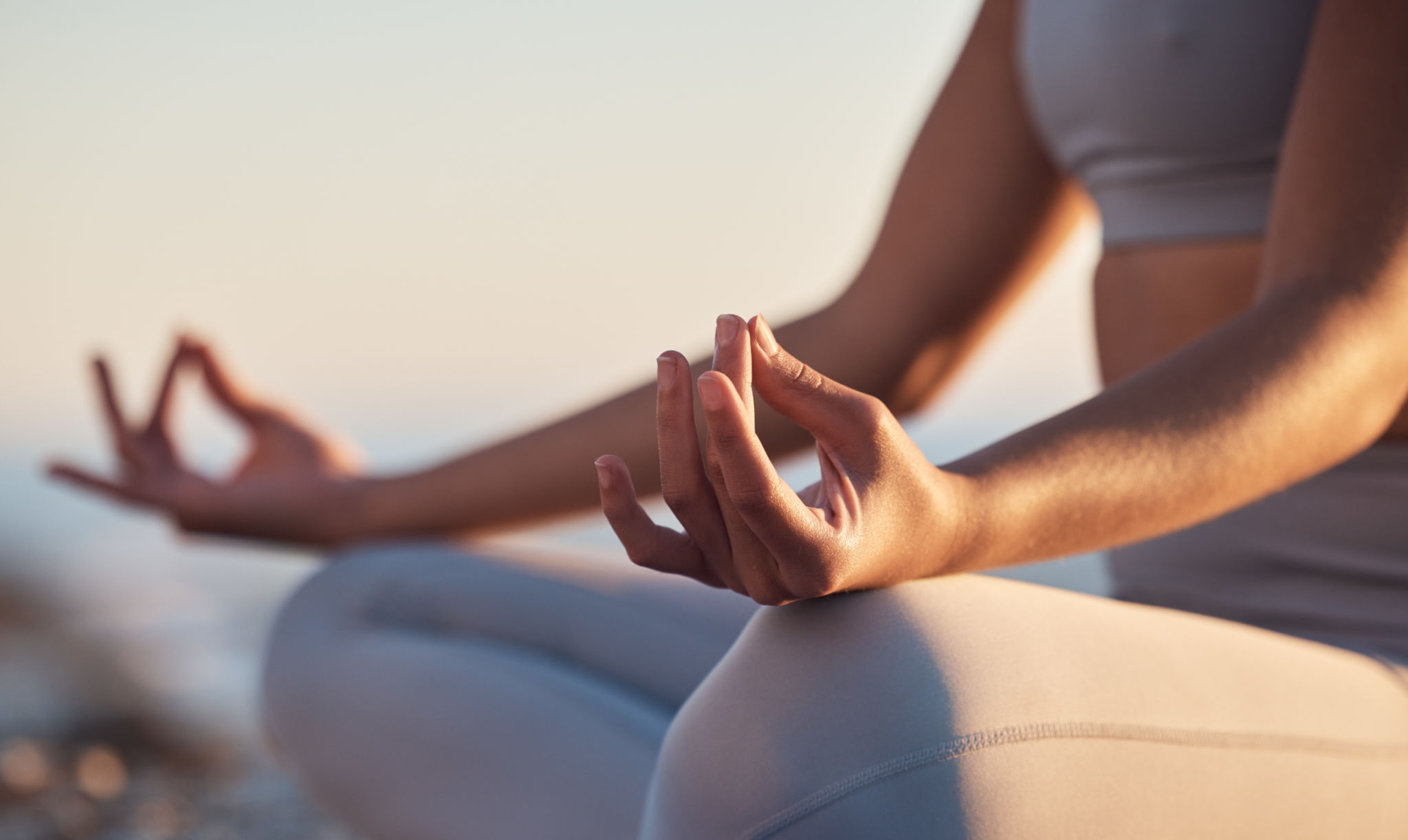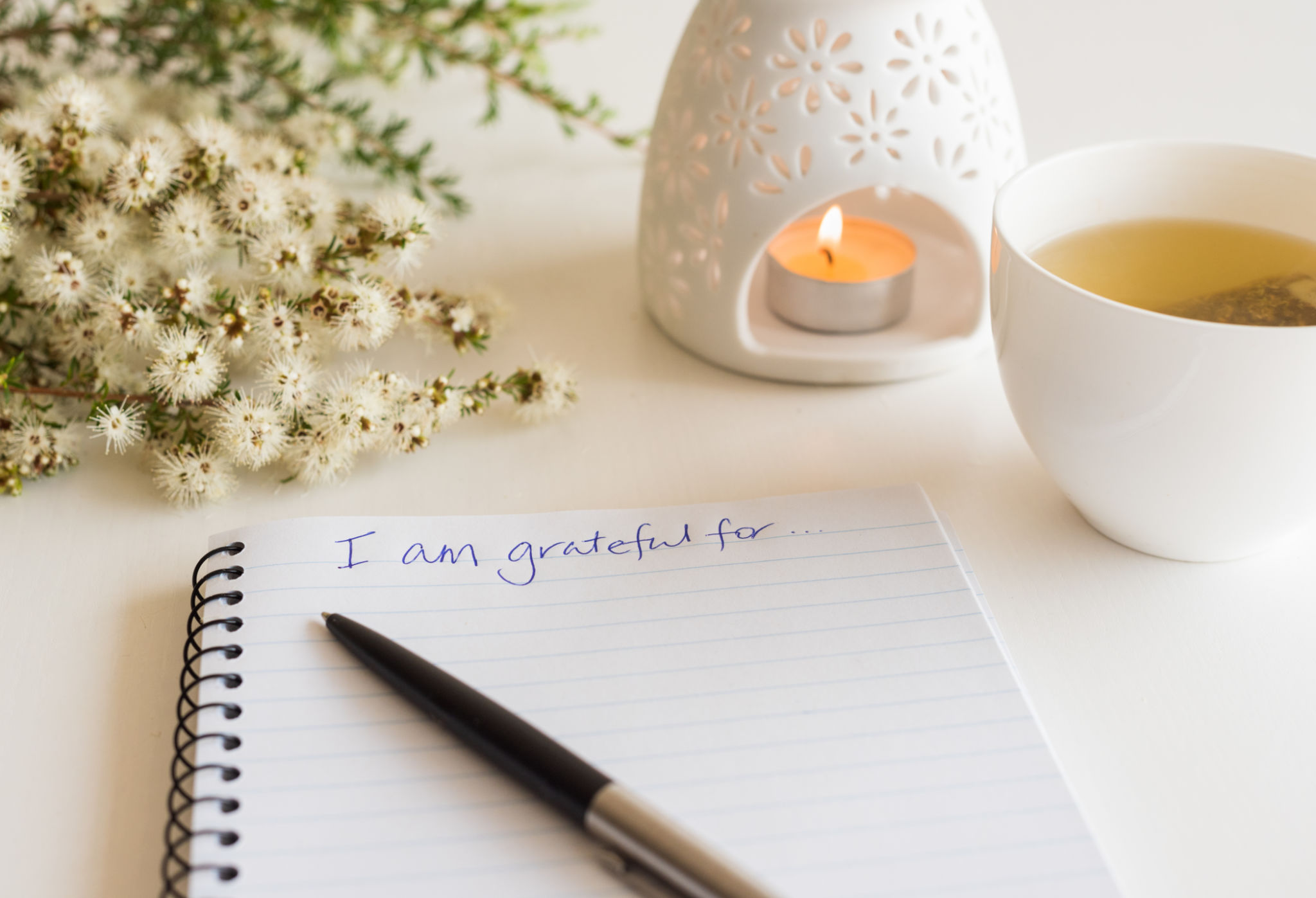Mindfulness Practices to Incorporate into Your Daily Routine
Understanding Mindfulness
Mindfulness is the practice of being present and fully engaged in the current moment without judgment or distraction. It involves a heightened awareness of thoughts, emotions, and sensations, allowing you to experience life more deeply. This practice has gained popularity due to its benefits, such as reducing stress, enhancing focus, and improving overall well-being.
Incorporating mindfulness into your daily routine doesn't require a significant time investment. Small, consistent practices can make a big difference in your mental and emotional health. Whether you're a beginner or have some experience, there are various techniques you can try to integrate mindfulness into your everyday life.

Starting with Mindful Breathing
One of the simplest ways to practice mindfulness is through mindful breathing. This technique involves focusing on your breath to anchor yourself in the present moment. Begin by sitting in a comfortable position and closing your eyes. Inhale deeply through your nose, hold for a few seconds, and slowly exhale through your mouth.
As you breathe, pay attention to the sensation of air entering and leaving your body. If your mind starts to wander, gently bring your focus back to your breath. Practicing mindful breathing for even five minutes a day can help reduce anxiety and improve concentration.
Embracing Mindful Eating
Mindful eating is another effective practice that encourages you to slow down and savor your meals. Start by turning off distractions like the TV or your phone. Take a moment to appreciate the colors, textures, and smells of your food before taking a bite. Chew slowly and focus on the flavors and sensations in your mouth.
This practice not only enhances your dining experience but also helps you develop a healthier relationship with food. By being present during meals, you may find yourself eating more intentionally and recognizing when you're full.

Incorporating Mindful Walking
Mindful walking is a great way to combine movement with mindfulness. During a walk, focus on the rhythm of your steps and the sensation of your feet touching the ground. Notice the sights, sounds, and scents around you without judgment.
This practice allows you to connect with your environment and clear your mind of cluttered thoughts. Whether it's a stroll in the park or a walk around your neighborhood, mindful walking can be both refreshing and grounding.
Practicing Gratitude Journaling
Gratitude journaling is a powerful tool for cultivating mindfulness by shifting focus to the positive aspects of life. Each day, take a few minutes to write down three things you're grateful for. These can be simple pleasures or significant events that brought joy or comfort.
Reflecting on gratitude helps foster a positive mindset and increases awareness of the good in your life. Over time, this practice can lead to improved emotional resilience and greater happiness.

Engaging in Mindful Meditation
Mindful meditation involves sitting quietly and observing thoughts without attachment or judgment. This practice encourages a state of calm awareness, allowing you to observe mental patterns and reactions objectively.
Start with short sessions, gradually increasing the duration as you become more comfortable. Consistent meditation practice has been shown to enhance emotional regulation, reduce stress, and improve overall well-being.
Conclusion: Making Mindfulness a Habit
Incorporating mindfulness into your daily routine doesn't have to be overwhelming. By starting with small practices like mindful breathing or gratitude journaling, you can gradually build a habit that supports mental clarity and emotional balance.
Remember that mindfulness is a journey rather than a destination. With patience and persistence, you'll likely find that these practices enrich your life in meaningful ways.
